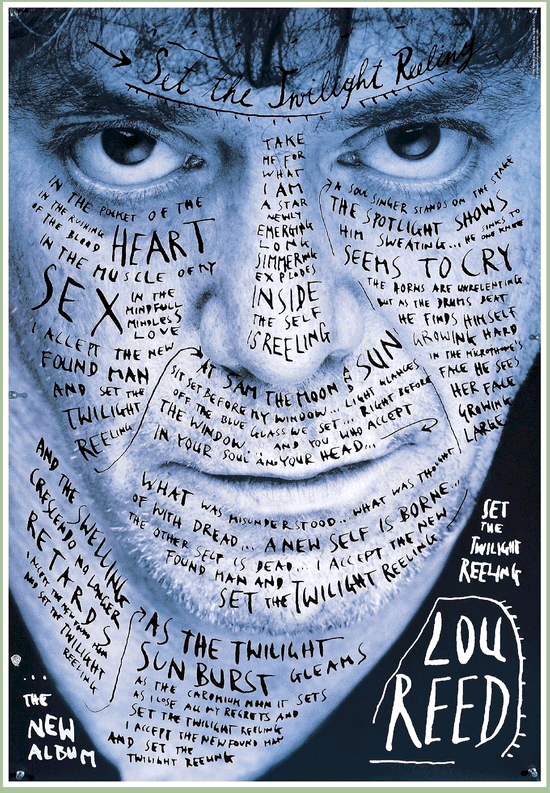CHAPTER 1
Communication Goals
Chapter objectives
Define graphic communication.
Identify and define communication goals: information, persuasion, education, and entertainment.
What Is Graphic Communication?
Graphic communication is the result of a long evolution of tools and techniques. That evolution was greatly accelerated by the establishment of modern, industrial societies—and graphic communication itself greatly contributed to modern social and economic development, to the extent that today visual communication is a readily identifiable force in the growth of both Western and Eastern “postindustrial” information economies.
According to historical literature, graphic communication has taken as long as 30,000 years to evolve (Meggs 1998). The role of the visual communicator—and the function of communication—developed slowly: cave paintings done between 15,000 and 10,000 B.C., the invention of writing with pictographs in Mesopotamia (3100 B.C.), the invention of paper and Chinese relief printing (second century A.D.), the rise of late medieval illuminated manuscripts (eighth century A.D.), and the breakthrough of movable type in Europe (1450 A.D.) all contributed to that development. Investigation of communication design over the last century reveals patterns of technological, economic, occupational, spatial, and cultural development that can be attributed to the creation ...


